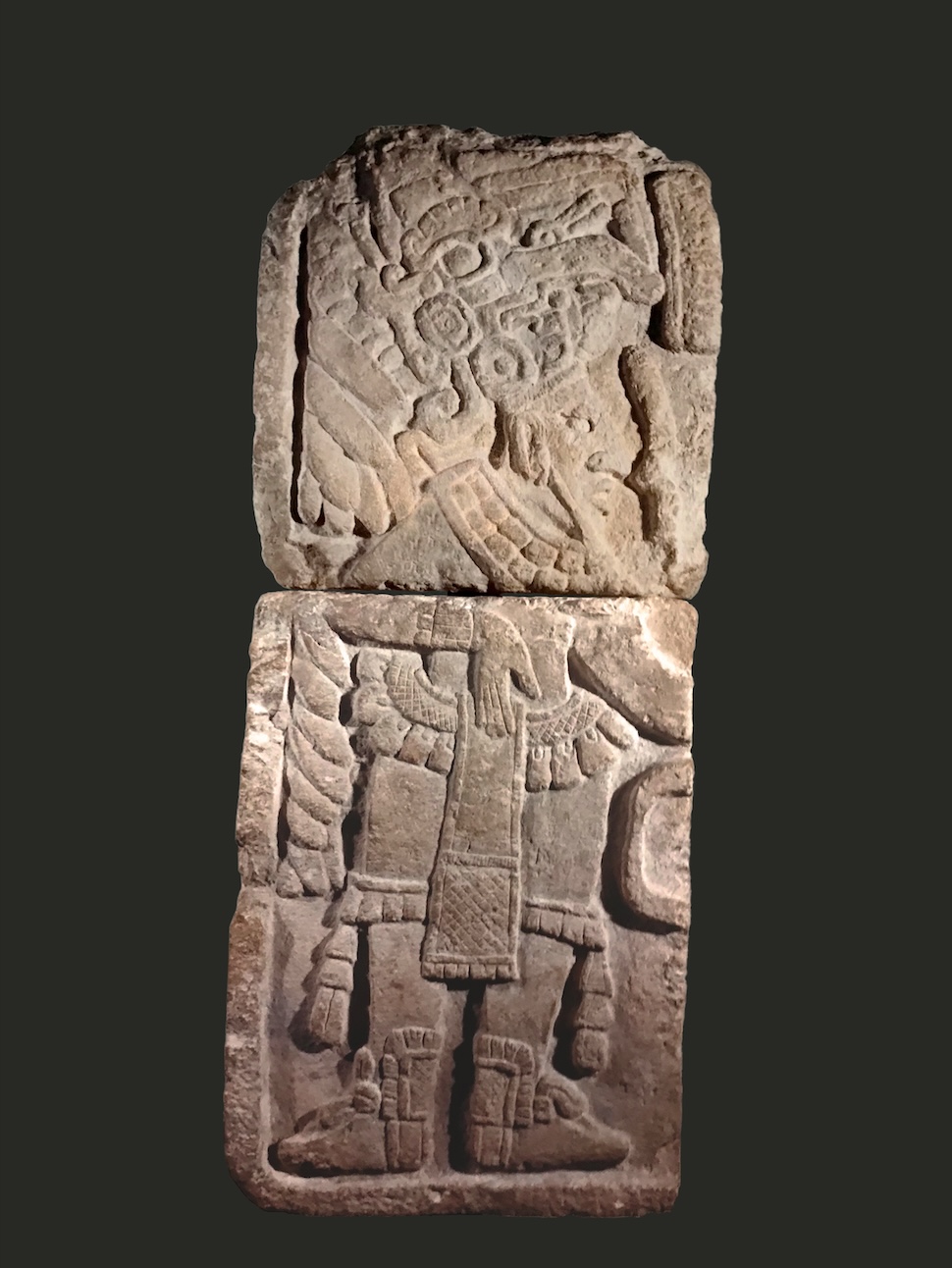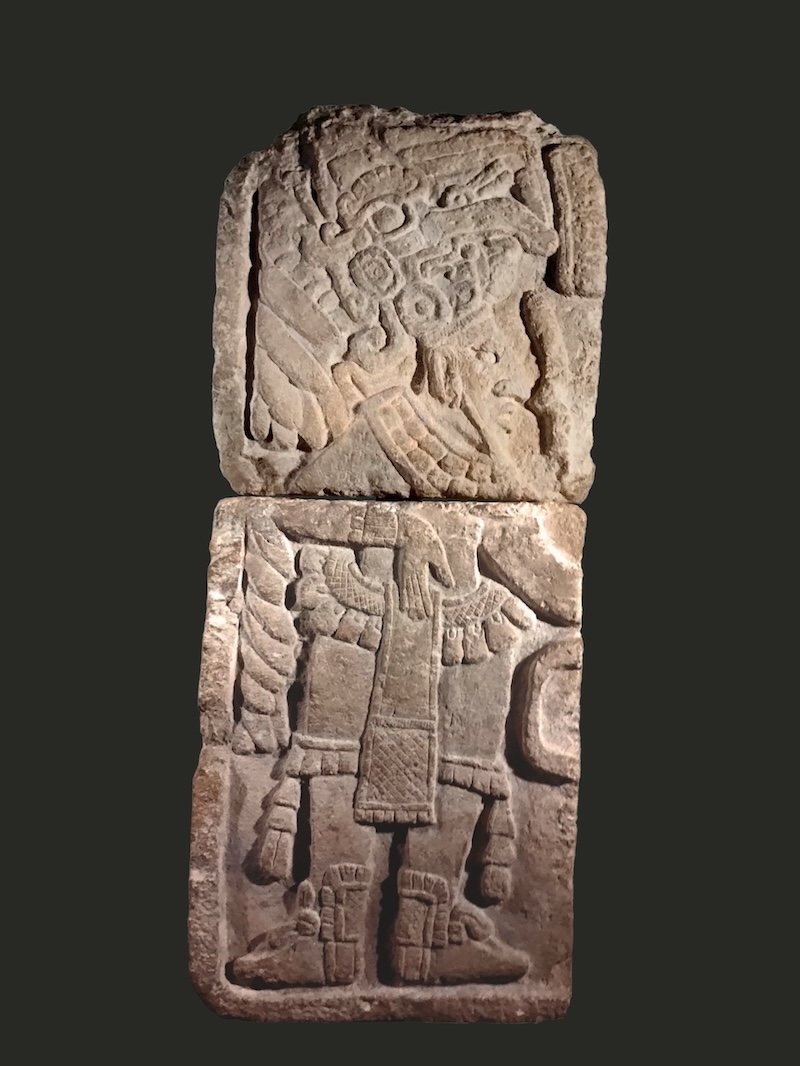National Museum of Mexican Art Facilitates Repatriation of Mayan Frieze to Mexico


Carved limestone Maya frieze, late classic period, 500-700 CE, 47" x 20"By CGN Staff via PR
The National Museum of Mexican Art (NMMA), announced that in collaboration with the Government of Mexico, it is facilitating the repatriation of a Mayan frieze to its place of origin in Mexico.
At a press conference on Friday, May 16. Anthropologist Diego Prieto Hernández, Director General of the National Institute of Anthropology and History (INAH), a branch of the Ministry of Culture of the Government of Mexico, accepted the artifact. Dr. Antonio Saborit, Director of the National Museum of Anthropology in Mexico City, was also present.
The limestone frieze, measuring 47”x 21”x 4” and dating from between 500 - 900 CE, is from the Classic Period of Maya civilization in Mexico and depicts a figure wearing an elaborate mask and headdress with hands extended as if speaking. Originally, there were two figures facing one another. The artifact, which was held in a private collection, was displayed at the Brooklyn Museum in the 1960s and 1970s and then at the Art Institute of Chicago in the late 1980s. Jeanne and Joseph Sullivan acquired the piece in 1988, and in 2024, their family sought the National Museum of Mexican Art’s assistance in returning the sculpture to Mexico.
This past February the NMMA signed a Memorandum of Understanding with INAH to continue collaborating on projects and exhibitions that promote Mexico’s cultural patrimony. The NMMA Visual Arts Department worked with INAH to coordinate an orderly transfer of the Maya frieze. INAH has full normative and guiding power in the protection and conservation of tangible and intangible cultural heritage. This Mexican institution, founded in 1939, researches, preserves and disseminates the nation's archaeological, anthropological, historical, and paleontological heritage in order to strengthen the identity and memory of the society that holds it.
Prieto emphasized that “through this act we wish to attest the significance for the Mexican Government to recover our archaeological and historical heritage, and in general the cultural patrimony of Mexicans that is improperly residing in other countries.”
“Our mission compels us to advocate for practices that promote equity and acknowledge the significance of cultural heritage for communities worldwide,” said Cesáreo Moreno, Visual Arts Director for the NMMA. “By acknowledging the importance of cultural heritage to its originating communities, we promote a richer and more nuanced understanding of humanity.”
“We are honored to collaborate on this repatriation mission with our colleagues at the National Institute of Anthropology and History and the National Museum of Anthropology. We encourage institutions that collect cultural objects to engage in open, respectful, and proactive dialogue with the communities and countries from which they originate.” Moreno said.
#
The National Museum of Mexican Art is one of the country’s most prominent Latino cultural organizations and the only nationally accredited museum dedicated to Mexican art and culture. Its Permanent Collection consists of more than 20,000 artworks. The museum has presented over 250 exhibitions, provides arts education to 52,000 students annually, and serves over 150,000 annual visitors from 60 countries. Admission is always free. For more information visit www.nationalmuseumofmexicanart.org.
Editor's Picks
Related:






